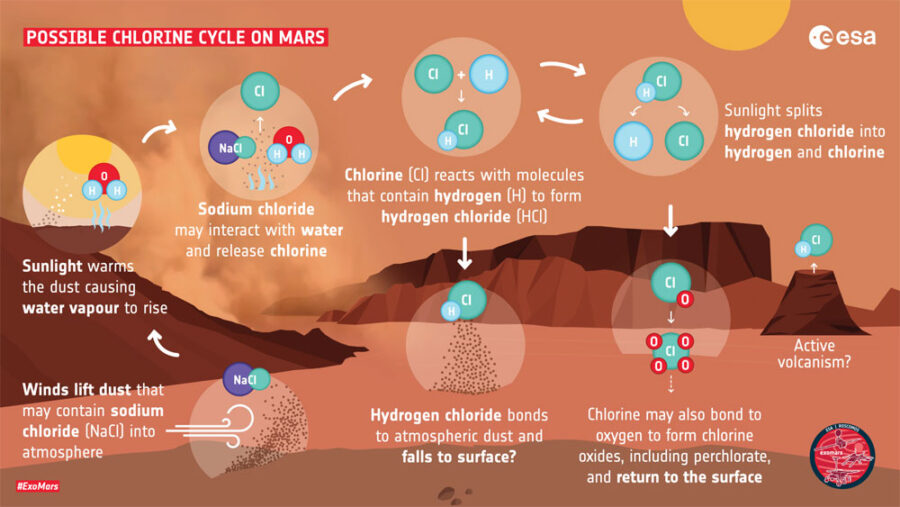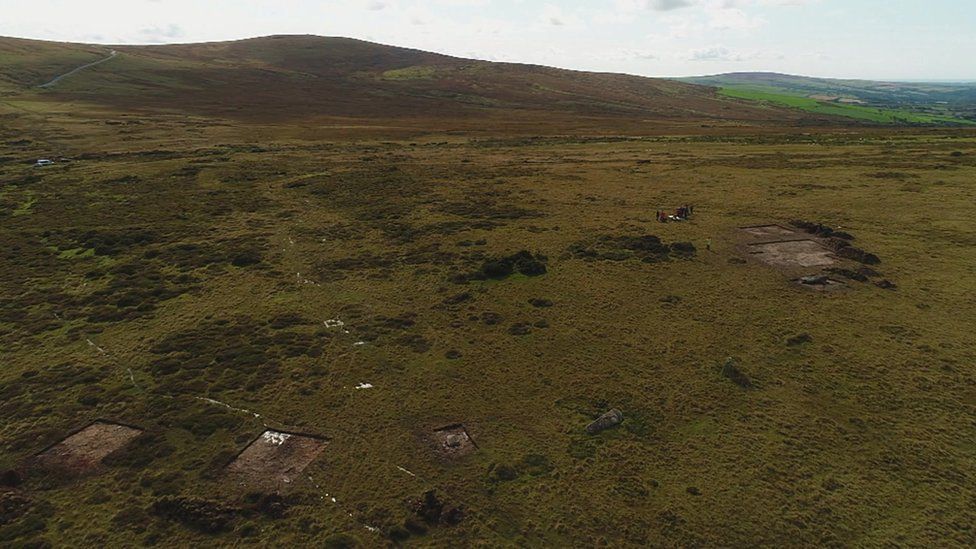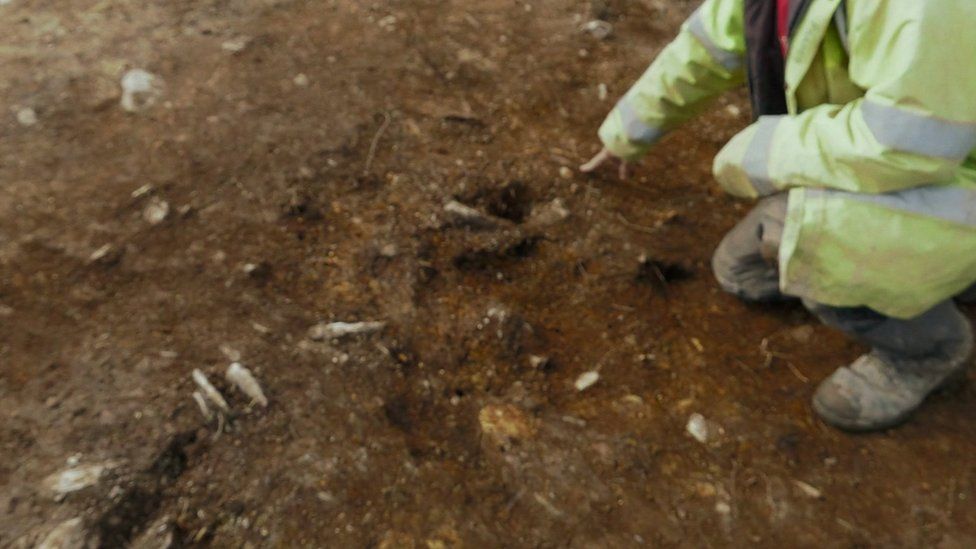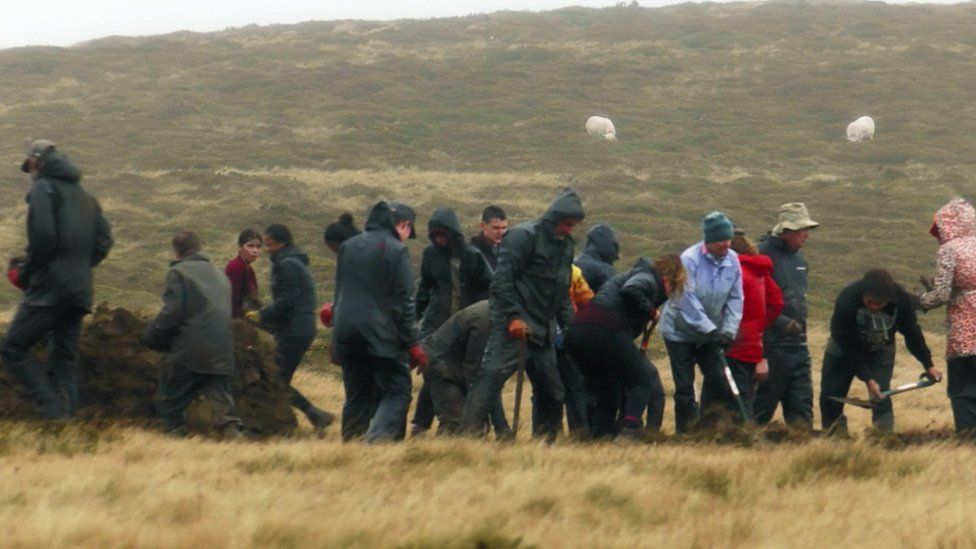A day after the UAE's Hope probe entered into orbit around Mars, China has followed suit. The Tianwen-1 craft arrived on time, ahead of Friday's Lunar New Year celebrations. In May, the probe will land a rover on Mars.

Tianwen-1's lander will descend to the red planet in May
Space missions are never easy, whether you're sending astronauts a mere 400 kilometers (248 miles) up to the International Space Station, or communications satellites a few thousand kilometers up. Things can and do go wrong.
Mars missions are the next level. The planet is farther away, and harder to get to as a result.
But, a day after the UAE's Emirates Mars Mission successfully delivered its Hope probe into orbit around Mars, China has also arrived.
The Tianwen-1 spacecraft entered into orbit around Mars on Wednesday, seven months after launching from Earth and traveling 450 million kilometers.
As with the UAE's Hope probe, the Tianwen-1 spacecraft conducted a "braking" operation to decelerate its speed so that it could be captured by Mars' gravity and avoid overshooting its target or crashing into it.

Tianwen-1 launched on July 23, 2020, riding on a Chinese Long March 5 rocket
As the AP news agency put it ahead of the operation: "Chinese authorities, always cautious about possible failure, have not announced a planned arrival time."
Indeed, all they said in advance was that the spacecraft was on track to arrive before the Lunar New Year on Friday.
On the previous Friday, February 5, Tianwen-1 performed a fourth "orbital correction" maneuver. That was necessary to make sure that the spacecraft would be ready for its arrival in orbit, according to the China National Space Administration.
Tianwen-1's Mars mission
The goal of Tianwen-1 is to survey the atmosphere from orbit over a two-year period.
About 4 billion years ago, the atmosphere of Mars changed and liquid water evaporated. But scientists don't know why. There may be deposits of water underground, known as subsurface water.
So the mission is intended to go deeper than the Hope probe will. It is scheduled to land a rover on the surface of Mars in May.
A precise location has not been named, but the mission controllers have been looking at the southern part of a region called Utopia Planitia.
The solar-powered rover is expected to operate for a few months, looking for subsurface water — signs of life below the surface of the planet.
It will be roving Mars along with American landers, such as NASA's Mars 2020 Perseverance rover and its accompanying Ingenuity helicopter.
Instruments on the probe and rover
Tianwen-1's orbiter, or probe, is carrying 13 "payloads." A payload can be a communications or Earth observation satellite, but in this case the payload is the mission's instruments.

Tianwen-1 includes a probe that will orbit Mars and a lander that will search for subsurface water on the planet
For instance, there's a remote sensing camera and a ground penetrating radar.
Once the lander and rover detach from the probe and land on the surface of Mars, additional instruments include a subsurface penetrating radar (SPR).
As the name suggests, the SPR's main scientific objective is to investigate the Martian soil below the surface of the planet to determine its thickness and make-up.
The rover weighs around 200 kilograms (about 440 pounds). As it will be powered by solar panels, power would be impeded by a landing in the planet's northern hemisphere — landing at the equator is better for solar power.
It will investigate the ground with radar, perform chemical analyses on the soil, and look for biomolecules and biosignatures.
Race to return Martian rock
It's been reported that if it succeeds in landing a rover on Mars, China will become only the second nation to do so. But that's not strictly true.

On February 9, 2021, the UAE's Hope Probe entered Martian orbit.
It is true that many have tried and failed, including European and Japanese missions. It is also true that the United States is the only country to have a relatively consistent track record of landing rovers on Mars, independently.
But the Americans do also collaborate on missions. The InSight mission, for instance, is an in-situ laboratory investigating seismic activity on Mars. And that would not have been possible without European engineering.
NASA is also working with the European Space Agency on developing sample return missions to bring the first pristine samples from Mars back to Earth. The US Mars 2020 Perseverance rover, which is due to land on February 18, is seen as a first step towards that goal.
But the Americans and Europeans will have to hurry, because they are not alone now. China sees its own mission, Tianwen-1, as a step towards future missions that would also bring back rock and soil samples from Mars to Earth.
INSIGHT MARS LANDER MOMENTSNASA scientists jump for joyInSight is a $1 billion international project. It includes a German mechanical mole that will burrow down 16 feet (5 meters) to measure Mars' internal heat. The lander also has a French seismometer for measuring quakes, if they exist on our smaller, geologically calmer neighbor. Because of the distance between Earth and Mars, it took eight minutes for confirmation to arrive. PHOTOS 12345





















